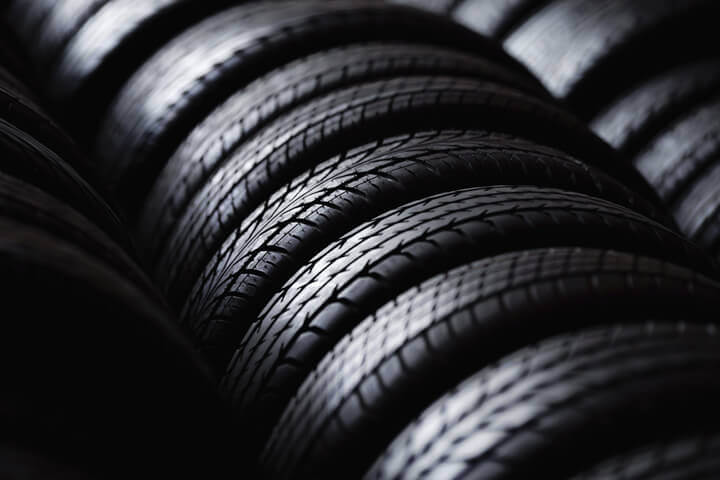Calspan’s Henning Olsson will be presenting: Measuring Contact Patch Shapes and their Effect on Tire Performance at the 2019 Tire Technology Conference in Hannover, Germany. The presentation is scheduled for Wednesday, March 6th at 10:15 am.

With over a decade of experience in the automotive testing industry, Henning is well-versed in measuring, interpreting, and modeling tire performance. At Calspan, he contributes to the team by supporting customers in their tire research projects and leading R&D projects to further enhance Calspan’s tire testing capabilities.
Henning shared a brief Q&A prior to his presentation:
Tell us more about the new method of measuring contact patch shapes.
Calspan has developed a method to measure contact patch shapes during dynamic tire tests
Whenever you ask a tire engineer to describe the importance of the tire, the answer will more often than not mention the fact that the only contact a car has with the road is through four contact patches, each the size of roughly one’s palm. All of a tire’s cornering, braking, and driving forces are generated within the tire’s contact patch. Gathering data on a tire’s contact patch and monitoring its shape rolling at higher speeds has historically been difficult, costly, and has required highly specialized equipment.
Calspan has developed a method which allows for the capture of the shape of the contact patch in highly dynamic conditions, in a repeatable and cost-effective manner. The method uses a new measurement evaluation approach which has been successfully validated against traditional measurements methods such as footprints. This new test method has been performed on Calspan’s flat-track tire test machine.
What are the key benefits?
This method provides tire engineers a new valuable data source, capturing detailed information about the contact patch as a part of traditional Force and Moment tire tests. The information collected can be used to calculate structural stiffness properties in dynamic operating conditions, replacing or complementing static stiffness tests. This new data source also enhances mathematical tire models. It is well suited for validation of dynamic FEA models and improving the accuracy of physical and semi-empirical tire models often used in full vehicle simulations. Finally, having the ability to characterize contact patch shapes is critical for many ‘Intelligent Tire’ applications, where the tire provides real-time data on its performance to, for example, an autonomous vehicle.
What are the key challenges and how have you overcome these?
The real challenge here was to develop a way in which the measurements could be accomplished in a repeatable and cost-effective manner. By measuring the contact patches on a flat-track tire test machine, the data can be collected during tire tests which are already performed as part of the tire and vehicle development processes.
Another challenge was developing a way to represent the data so that engineers could quickly understand the results and make decisions based on them. I think there is a lot more than be done here and I look forward to discussing ideas with colleagues at the Tire Technology Conference.
What’s next for this technology?
This new measurement method provides the industry with data to further improve its understanding of the contact patch and thus aiding in developing safer and more efficient tires. This know-how will also be instrumental in the development of “Intelligent Tires” and their integration into automated driving and e-mobility. So as this method will provide us a lot of answers it will also lead to even more new questions, and what those will be, remains to be seen!
Connect with Henning, to learn more about this new research method and how Calspan can help you with your tire testing needs.